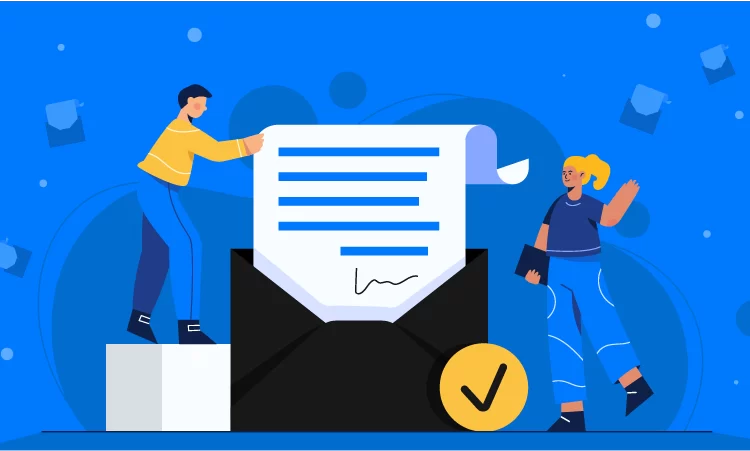When it comes to communicating with potential customers and establishing trust, emails are a fantastically powerful tool, second maybe only to personal interactions. Emails are an effective, practical, and convenient way to connect to others, and marketing people know how to leverage that to their advantage. However, if you work in sales, you would also know that it is not always easy to persuade the client to answer your letter on the first try. And – sometimes – you might need to send a few follow-up emails before the recipient gets interested enough to respond.
We have turned to Reply.io email marketing specialists for some practical tips and tricks to use when creating following up emails that drive conversions. Now we think we have enough information to help you master the fine art of writing response-triggering follow-ups.
Four Key Things to Keep in Mind When Crafting Follow-Up Emails
Writing a follow-up email well and sending it at just the right time can boost your brand likeability, solidify your connections with the recipient, and showcase your professionalism. Here are some tips to help you make that happen:
- Set your goals straight. In business, you never write a follow-up email just to touch base with the person – there is always some ulterior motive for that action. It is crucial that you identify your own goals before you begin writing, or you risk confusing the reader and failing to get your ideas across.
- Offer them value. That is what every cold email recipient wants – to get something of value for the time spent reading your email. If you fail to pinpoint what benefits your prospect, you will never hear from them, no matter how many letters you send.
- Include a CTA. Is it possible that you never heard from the prospect after sending your first letter only because you did not give them an easy way to respond? Don’t repeat that mistake! Include a clear and hard-to-resist Call to Action to avoid vagueness and ambiguity.
- End on a positive note. Even if this follow-up fails to convert the recipient on the spot, it can lay some solid foundation for your future contacts and interactions. Use language that is genuine and friendly and – at all costs – avoid making the potential customer feel guilty about not answering you.
Note that the above information is more of generic advice, so you might have to tweak and personalize these recommendations a bit to make them work just the way you need.











